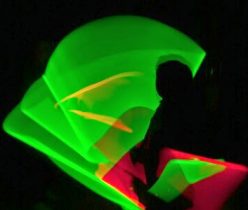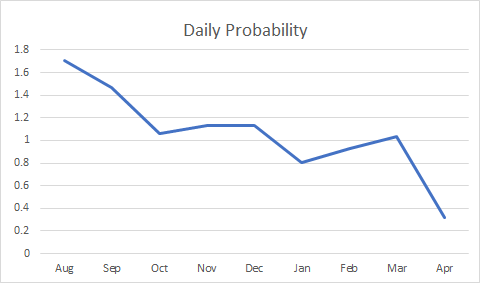I have always believed in serendipity. Most of our modern day understanding stems from such events. 13 months ago I had my first seizure sequence. I was responsive during this sequence and thought that I had had a stroke. As did the paramedics as they rushed me to hospital.11 days later I had a further seizure sequence. More violent in nature and I was unresponsive. It took the entire stock of diazepam from two ambulances and a further car based paramedic to stabilise me. I was declared status epilepticus. Not a good status. I spent five days in hospital having every test known performed. I was discharged with an unknown prognosis. From day one, I approached the situation in true Appllo 13 mode ‘what have got thats good with the vehicle’ and focusing on ‘let’s work the problem not make it worse’. I began my science project collecting data for analysis and figuring out what was happening and how I could manage and reduce my seizure activity. The support I received from Miranda Emma, Sam, Antonio, my wider family and work colleagues was and remains phenomenal. In the past 13 months I have had 618 seizures. My last physical one being 79 days ago. My last absence 18 days ago and the probability of me having a seizure sequence is now at 0.1 per day. But where is the serendipity. Well part of the medical team is based at St Georges in London. This is one of the two UK specialist centres who help people like me with my types of seizures. Only 4-12 in 100 000 people will experience them. Today St Georges acknowledged that the approach I have taken and the methods I have used to reduce my seizure activity is a good one. I have been invited by St Georges on a zoom call next week to share this with other patients who experience the same so that they may hear about this and hopefully take some comfort and potentially learn methods and mechanisms which may lead to an improvement along their journey. Serendipity.
The good thing is that the story as it all unfolded is already documented.


